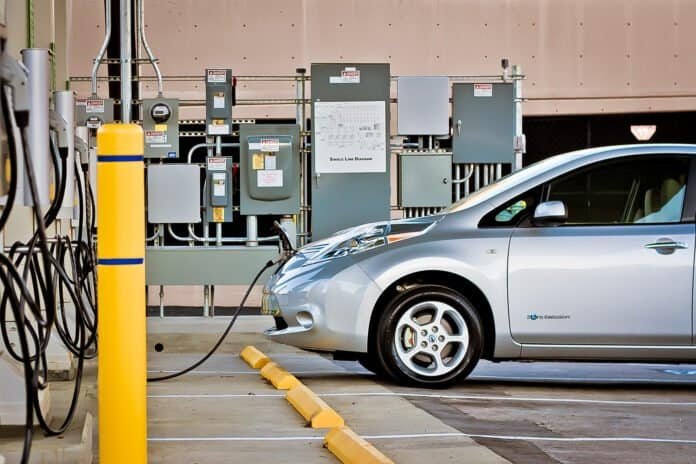According to Santosh Iyer, managing director of Mercedes-Benz India, the market for luxury vehicles in India would expand by double digits over the next ten years. Additionally, it will increase at a rate that is 2-3% faster than the EV market as a result of the positive shift in consumer sentiment towards purchasing luxury cars and the expanding economy.
In CY2022, the Indian luxury car market saw total sales of 37,000 units. By 2030, the Indian market may have doubled to about 80,000 to 90,000 units sold annually, even with the lowest double-digit CAGR of 10%.
Iyer stated to Autocar Professional that a yearly compounded increase of approximately 10% is a “very reasonable number” for the luxury car industry while speaking on the sidelines of the unveiling of the all-new Mercedes-Benz GLC on August 9.
Iyer declined to provide a precise range of numbers but stated that: “If you look at the whole passenger vehicle market, it has increased by 6-8% and the luxury market growth has been 8-10%, which suggests the premium category is progressively expanding penetration. It had increased from 0.9% of the market as a whole to around 1% currently. Although the penetration is gradual, I believe that double-digit growth in the neighborhood of 10% is what can be sustained.
Luxury cars to enhance Indian EV market
The country’s top two automakers, Maruti Suzuki India and Hyundai Motor India, predict that by 2030, the Indian passenger vehicle market will reach 5 to 6 million units annually, which would increase the luxury car market’s penetration to over 1.8% to 1.8%.

As a result of a low base, the luxury car market has undoubtedly rebounded after COVID with a fury, rising at a rate that is almost twice as fast as that of the general market. According to industry insiders, the overall market has already exceeded 20,000 units in the first half of this year. With a stronger second half owing to the holiday season, the luxury automobile market is on track for a new top of 43,000 units this year.
Iyer stated that both economic development and cultural development are essential for the future expansion of the entire industrial volume. He claimed that the market has grown at a very healthy rate thanks to all the economic factors, including solid business performance, high GST collection, and a developing economy, and that as the country approaches a US$5 trillion economy with a younger demographic, the market should finally reach a take-off point.
“The culture is changing, perhaps a little more slowly, but there will be a turning point after 2030 when they both come together in a meaningful way. Then, growth can accelerate past low double-digit growth, he continued.
At its facility, Mercedes-Benz India, the largest automaker in the nation today, assembles 14 different models, ranging from the entry-level A class to the top-of-the-line AMG performance cars and EQS all-electric automobiles. The company has established a third shift in response to the escalating demand and a sizable order backlog of about 2500 to 3000 units.
With the introduction of the GLC, the order book increased to approximately 4,000 units. Within 15 days of opening the bookings, the new mainstream SUV generated 1500 orders totaling Rs 1,000 crore in revenue, according to Iyer, which is the highest amount ever for a new launch in such a short period of time.
According to the CEO of one of the biggest luxury automobile manufacturers, the launch of new models continues to fuel market emotion and momentum. To maintain the level of enthusiasm, his firm has planned the release of 4 new models over the course of 2023.
And he places a higher focus on increasing brand popularity than on increasing sales. According to the company’s worldwide vision, its top end vehicle (TEV) portfolio, which includes vehicles priced over Rs 1.5 crore, has experienced the fastest growth, accounting for about 25% of its overall sales.
Mercedes Benz’s residual value for luxury vehicles is rising along with the average price points. According to industry experts, the market is rapidly developing, and future new car sales may be boosted by the sector’s high residual value.
Iyer claims that the duration between automobile replacements has decreased from 48 to 60 months to 36 to 48 months, and that as Mercedes Benz’s residual value of the car improves, this will lead to increased demand for replacements in the future.
“Compared to before, our used Mercedes Benz cars sell for a lot more money. The value of a three-year-old used automobile has increased from 50 to 65% to 60 to 65% now, which could in some ways influence demand for new cars in the future, said Iyer.


